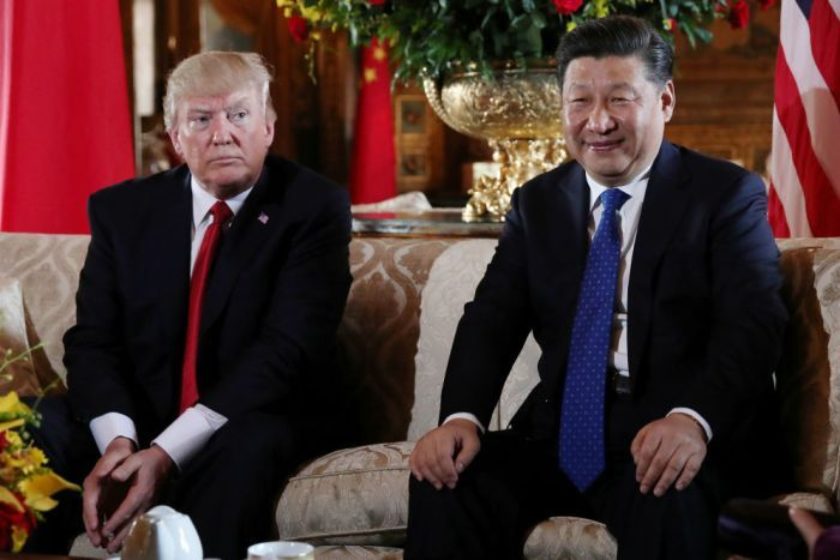Alexander Boris de Pfeffel Johnson (yes, that’s his actual name) is the new Prime Minister of the United Kingdom and the new leader of the Conservative Party. A smart man educated at the prestigious Eton College he will bring his quirky somewhat unorthodox but humorous ways to parliament. He won 66% of the Conservative party votes by defeating Jeremy Hunt. He has been compared more like Donald Trump than to Winston Churchill his hero. Johnson now must focus on one overriding immediate item – Brexit. He has insisted that the UK will leave the EU with or without a deal in place which continues to weigh heavy on the English Pound. We think the risks of a no-deal Brexit are overstated and a no-deal Brexit won’t occur on the 31st October and a subsequent referendum or general election could follow. By sacking more than half of Theresa May’s cabinet and stacking his team with “leave voters” this will increase chances. He has also brought in his brother into Cabinet Jo Johnson who has been appointed minister of state at the Department for Business, Energy and Industry Strategy. If Johnson manages to extend the deadline of 31 October we think the Pound will appreciate off its oversold levels across most currencies.
NZ Trade Balance shot up to 365 Million in June up from the expected 100 million markets were expecting. This is the largest June figure since 2013’s 414 million. New Zealand exported more logs and wood in June 2019, despite falling log prices, jumping up 65 Million from a year earlier, to 472 Million. The value of all goods exported rose 136 Million from June 2018 reaching 5 Billion. The kiwi doesn’t have a lot on the calendar over the following few days leading up to the RBNZ cash rate announcement. We suggest price movement will remain topish until August 8th. Read more








